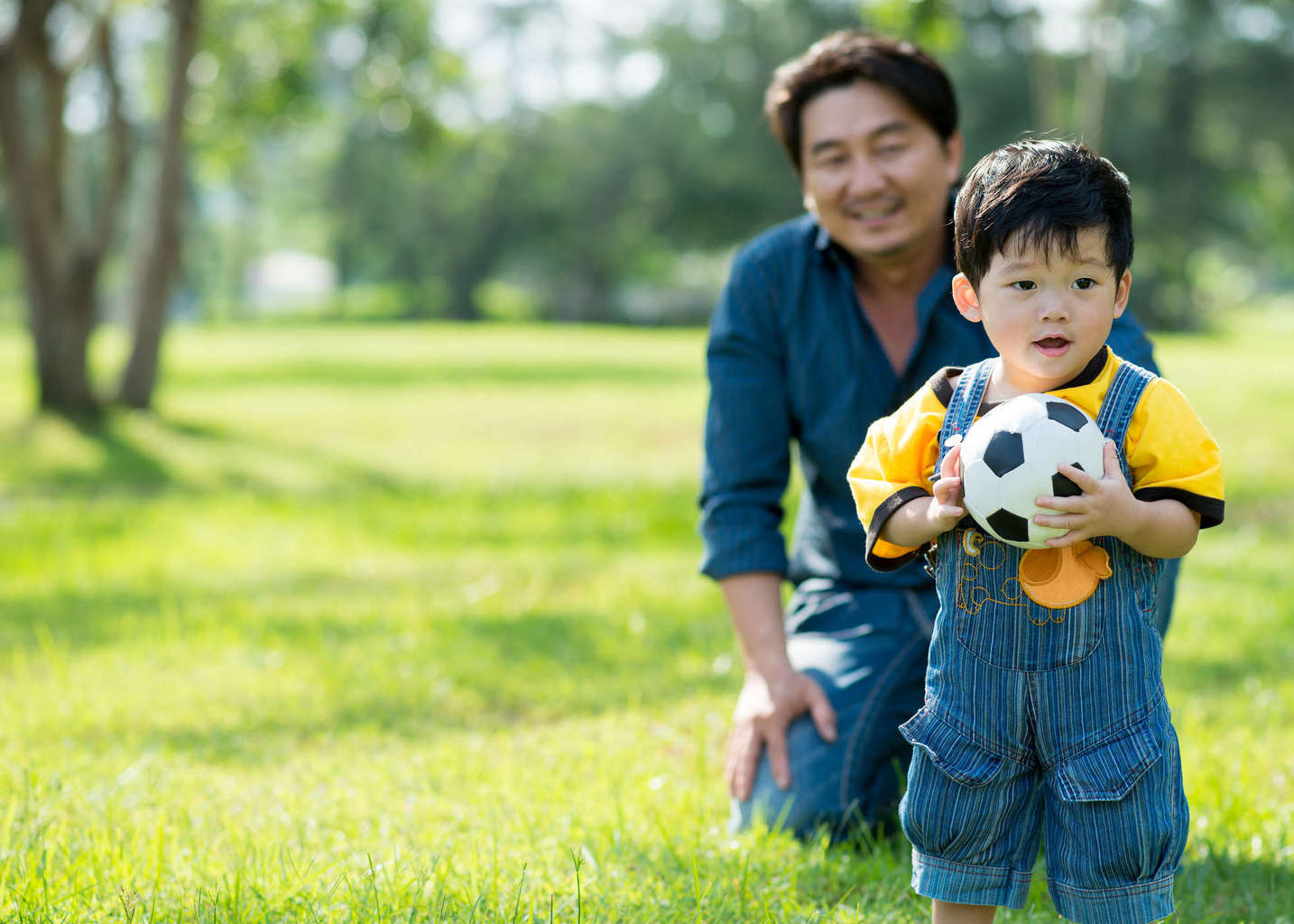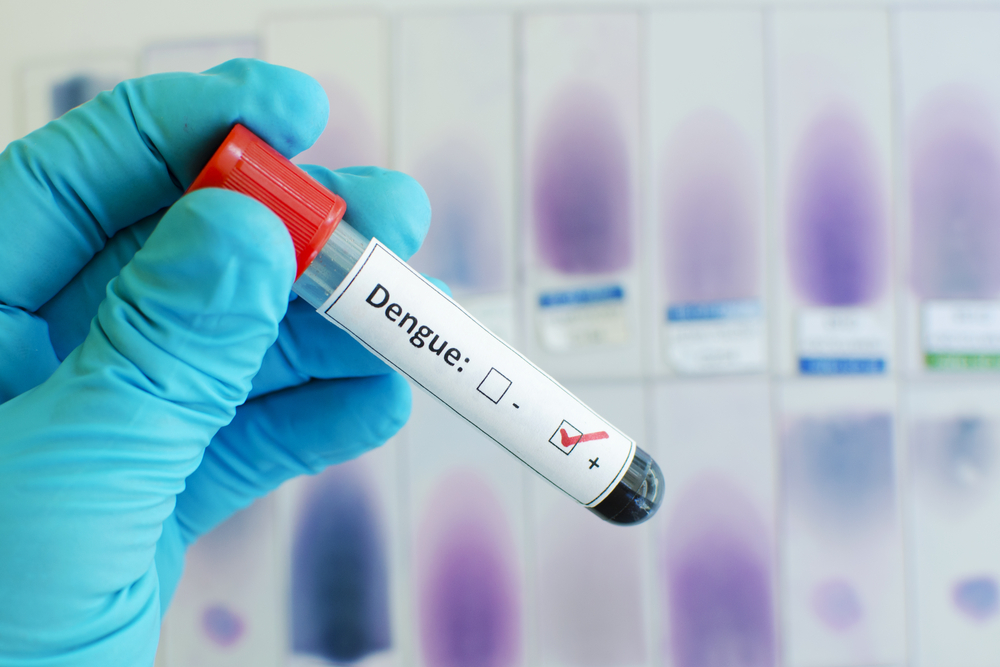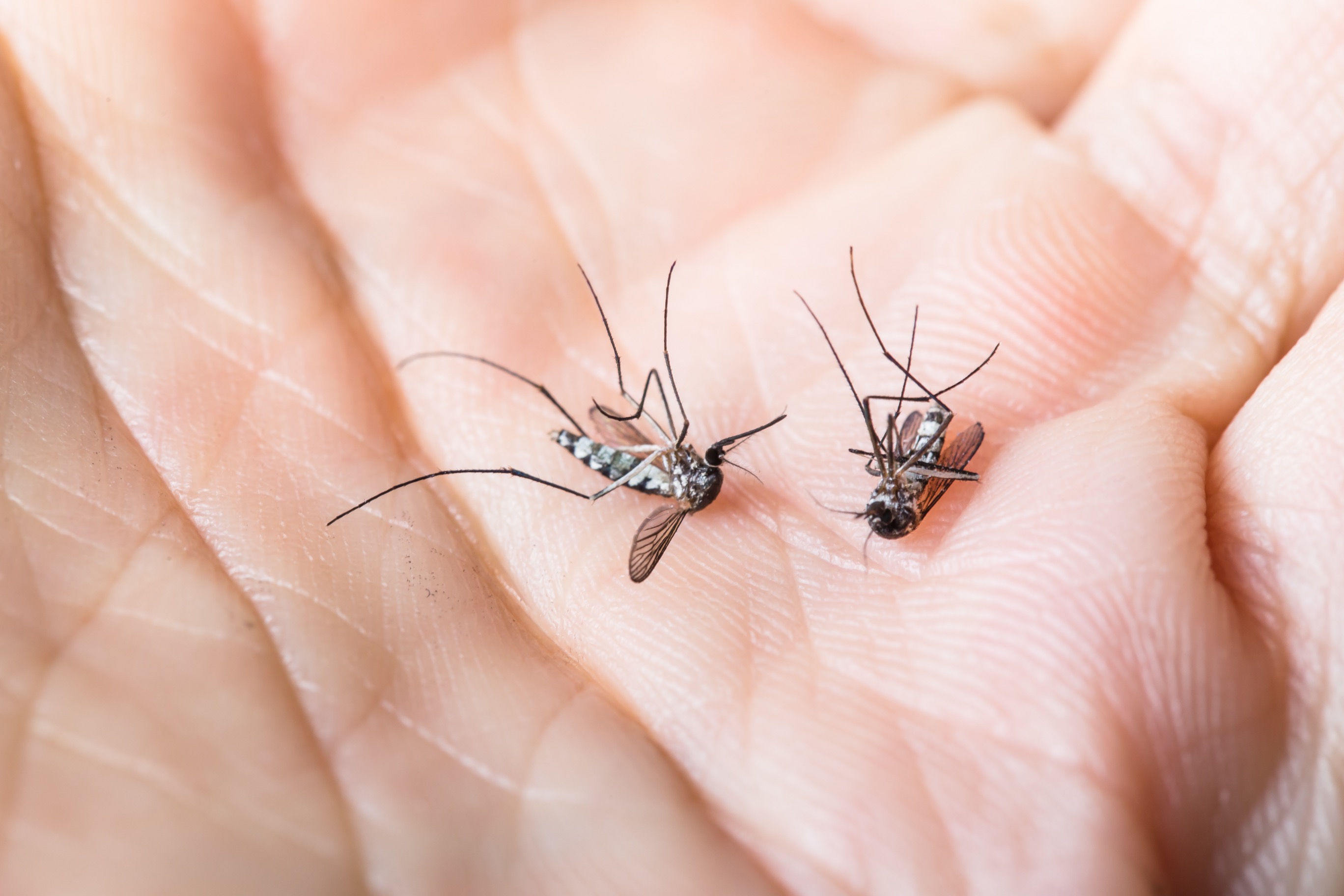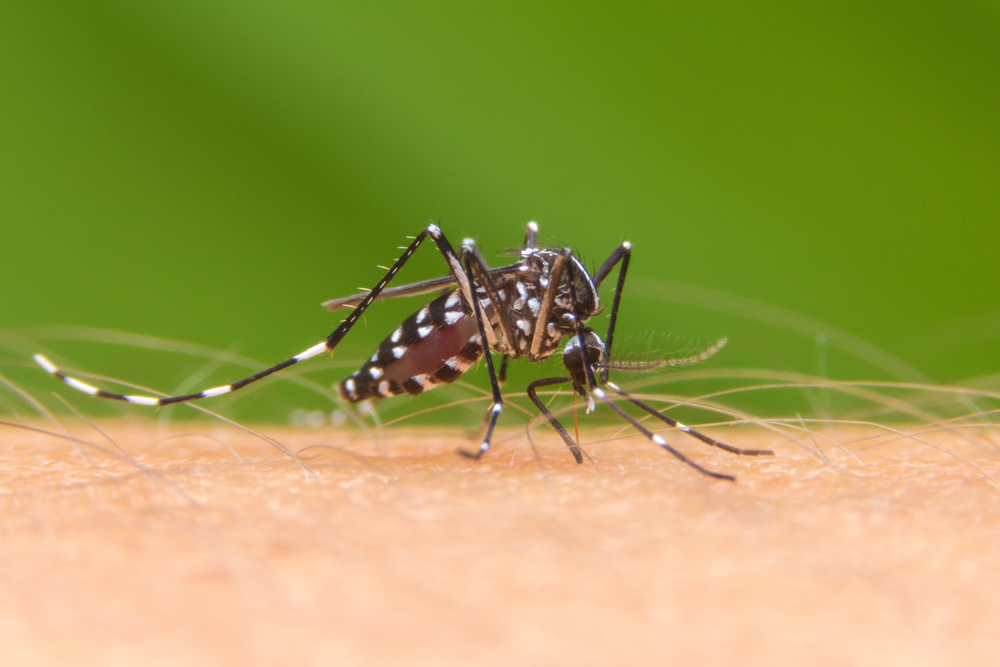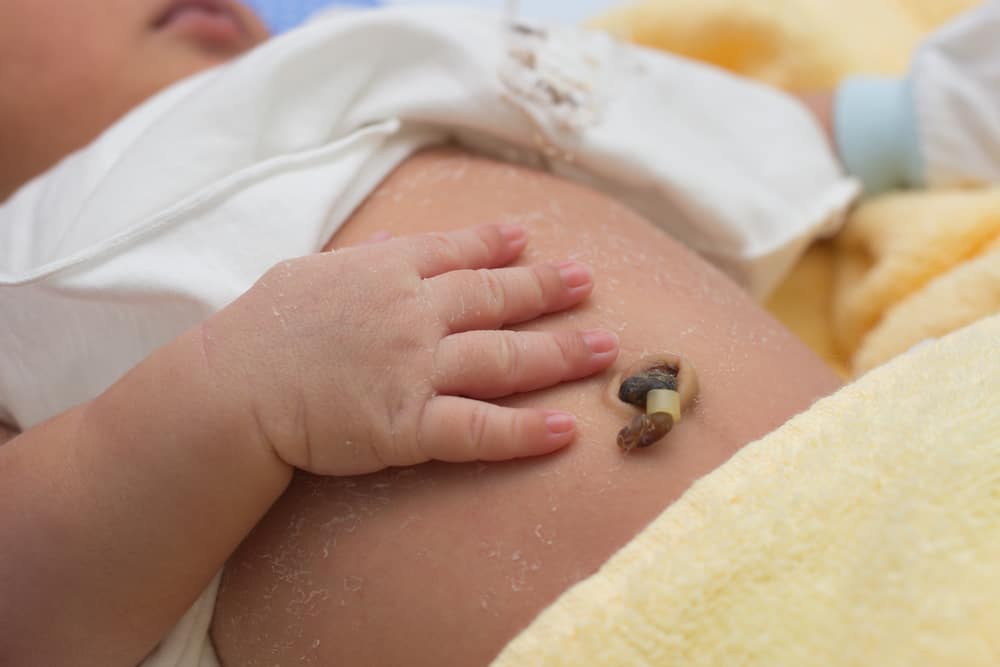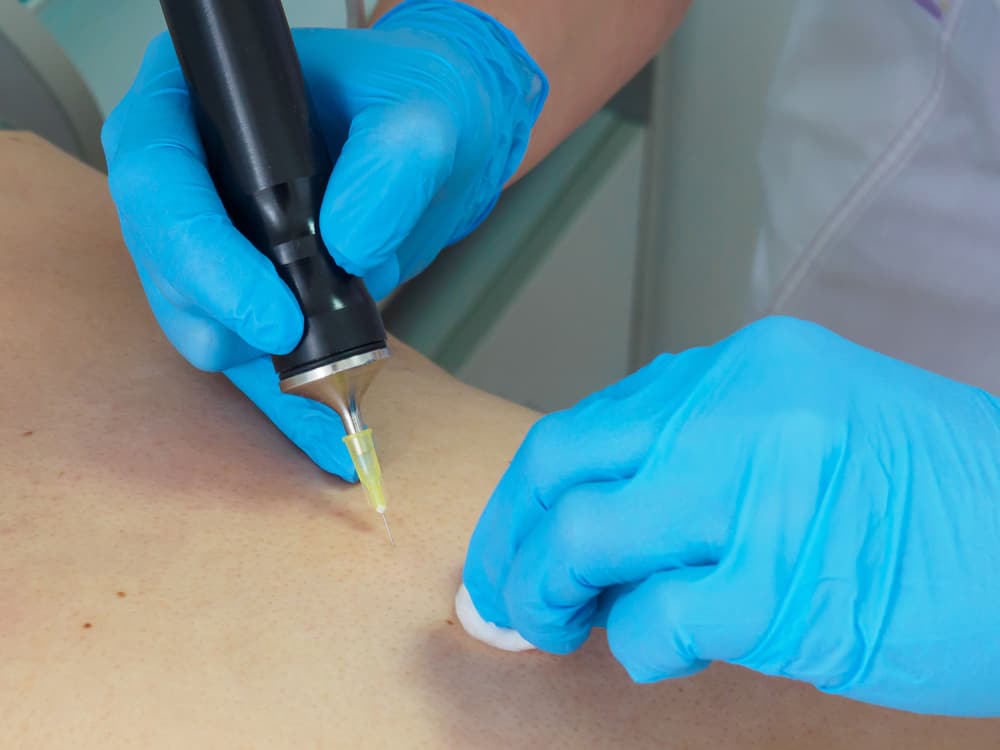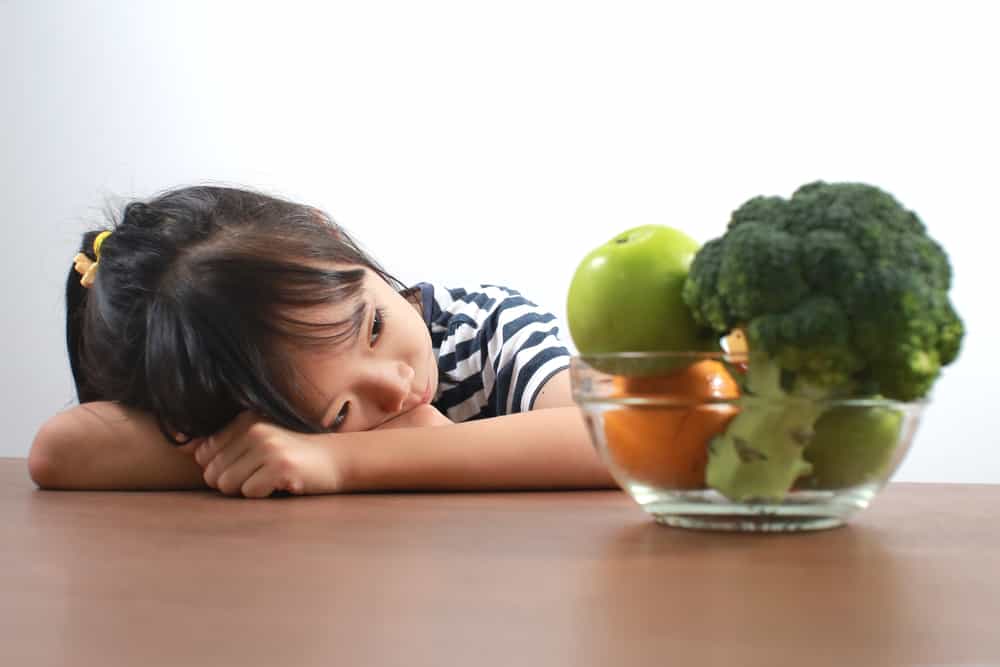Contents:
Medical Video: Improving your child's fine motor and gross motor skills
Children need regular physical activity in order to grow healthy. However, what physical activity is best for your child? Here are some choices for your child.
Have you ever been familiar with the condition of the house where books, crayons, toys are scattered in your house? If yes, now is the right time to facilitate the tendency of children to run, jump, and play. The general recommendation is that children and adolescents participate in physical activity at least 60 minutes every day.
Physical activity is important
Having an active lifestyle can improve healthy habits that last a lifetime. Meeting the physical needs of children can also improve the welfare of children in general. Physical activity is important in the development of strong muscles and bones. It is important for children to exercise to improve heart and lung fitness, not only to overcome obesity, but also prevent diabetes and cholesterol in children who have offspring of the disease.
Experts show the development of brain function as another benefit of 20-30 minutes of exercise every day. Research shows that IQ will be affected if someone is inactive for the first 5 years.
Age and stages
The duration of attention, motor skills, and emotional maturity are significant factors to consider before starting a new routine.
Activities need to be adjusted for age. Children under the age of 7 - 8 years do not have perfect hand or balance coordination, so exercise is better done on a flat surface, with several directions, and does not use complicated maneuvers.
Toddlers (2-3 years): supervised and unstructured games can help children explore the environment safely. Watch your child master basic movements such as running, walking, swinging, rolling and swimming.
Preschool (4 - 6 years): children can walk farther, run, dance, jump rope and play football with better motor skills. Keep an eye on playing time and start introducing several structures with games such as chasing or crunching.
Primary school children (7-9 years old): walking, running, playing, gymnastics and cycling are popular activities in this group, with some simple activities structured like mini golf. Children can do more complex movement patterns and combine them visual tracking and balance. Give children the opportunity to participate in sports teams, as long as they are enjoyable, flexible, and not stressful. Although supervision is important for security, you also still have to show your support and interest. Spending time as an observer, you can evaluate whether it is necessary to increase challenges. Often, children will tell or you will realize whether they need to be challenged when they get bored.
Children love joy
The pressure to participate in activities that are not attractive to children, or to force compulsory exercise, can relieve the joy of physical activity.
Experts emphasize happiness as the key to long-term success. Children will lose interest if there are too many rules. If the activity is fun for them, children want to do it again.
You can find inspiration from the surrounding environment and by watching other parents, and try variations on your favorite sports and activities. Children see your enthusiasm and will follow it.
Choosing the right activity will require a trial and error process
Tip: Motivation
Give your child an urge to move, such as:
- Give an example: your activity will be an example at home. Parents who prioritize exercise in their lives can significantly increase the possibility of other family members to exercise.
- Engaging: participating in family games and activities can build bonds and memory with children. Sharing light enthusiasm and challenges can make them move; and having fun can make a child move.
- Limit watching time: limit to 2 hours a day to watch TV, play video games and computers. Interactive video games that require players to dance or make movements can relieve strict regulations and help transition from low to moderate activity levels.
- Allow concessions: emphasize joy and pleasure. The more flexible you are, the more your child feels the choice and control.
- Regular eating: provide good nutrition and balanced food at home to maximize the benefits of physical activity.
- Share the news: share your expectations with grandparents, teachers, other caregivers to help with healthy activities when your child is not at home.
Team sports
Around the age of 10, children already have an understanding of tactics and strategies. The ability to understand verbal instruction and the five senses makes this age group the best to start structured activities and team sports. Middle school children are good candidates for team players because they are growing and more socializing. This can make people and children excited, but consider the following before starting.
Body type: height, weight, and strength are important factors to reduce the risk of injury. Look for teams that are organized by ability and not by age.
Price: equipment, uniforms, registration fees, transportation, and medical care can increase. Not worth it if the expenditure causes stress at home, or your child decides to start sports in the middle of the season.
Leadership: choose a team with an instructor or trainer who has experience, attitudes and values that suit you and your child.
Hello Health Group does not provide medical advice, diagnosis or treatment.

